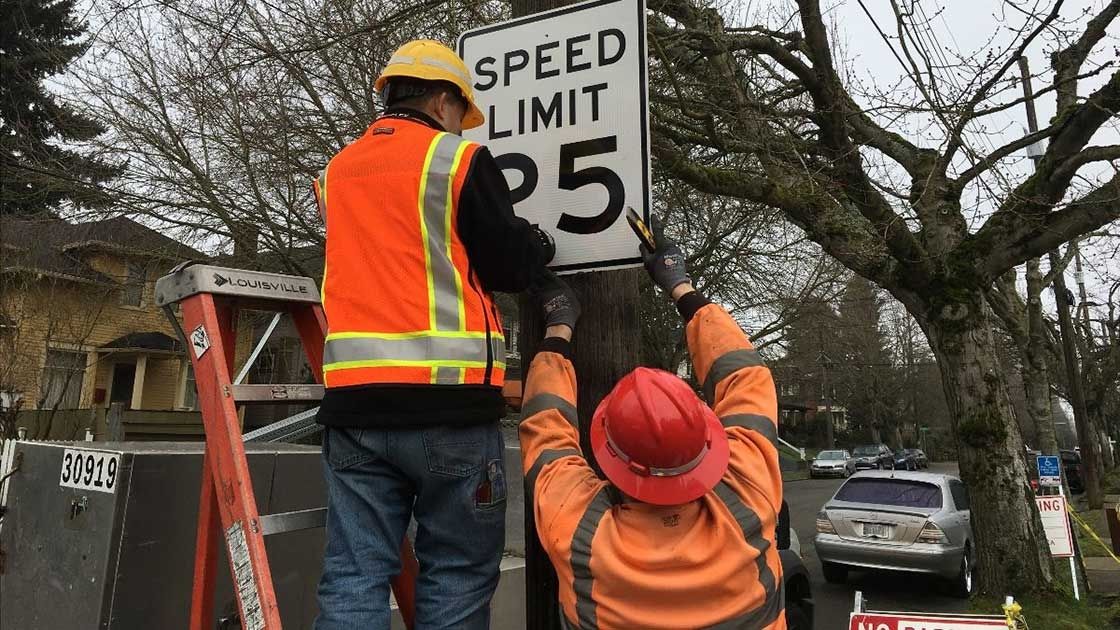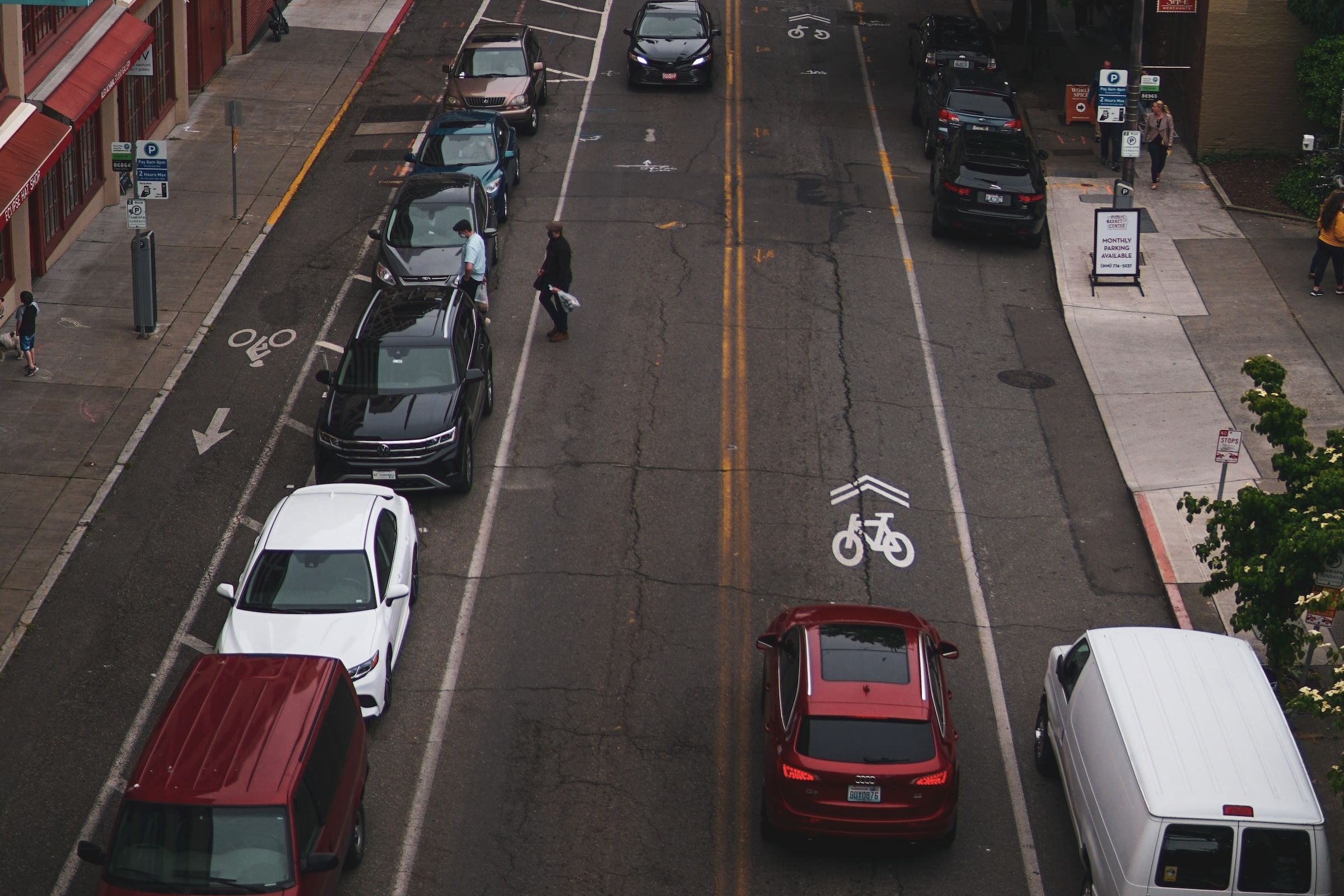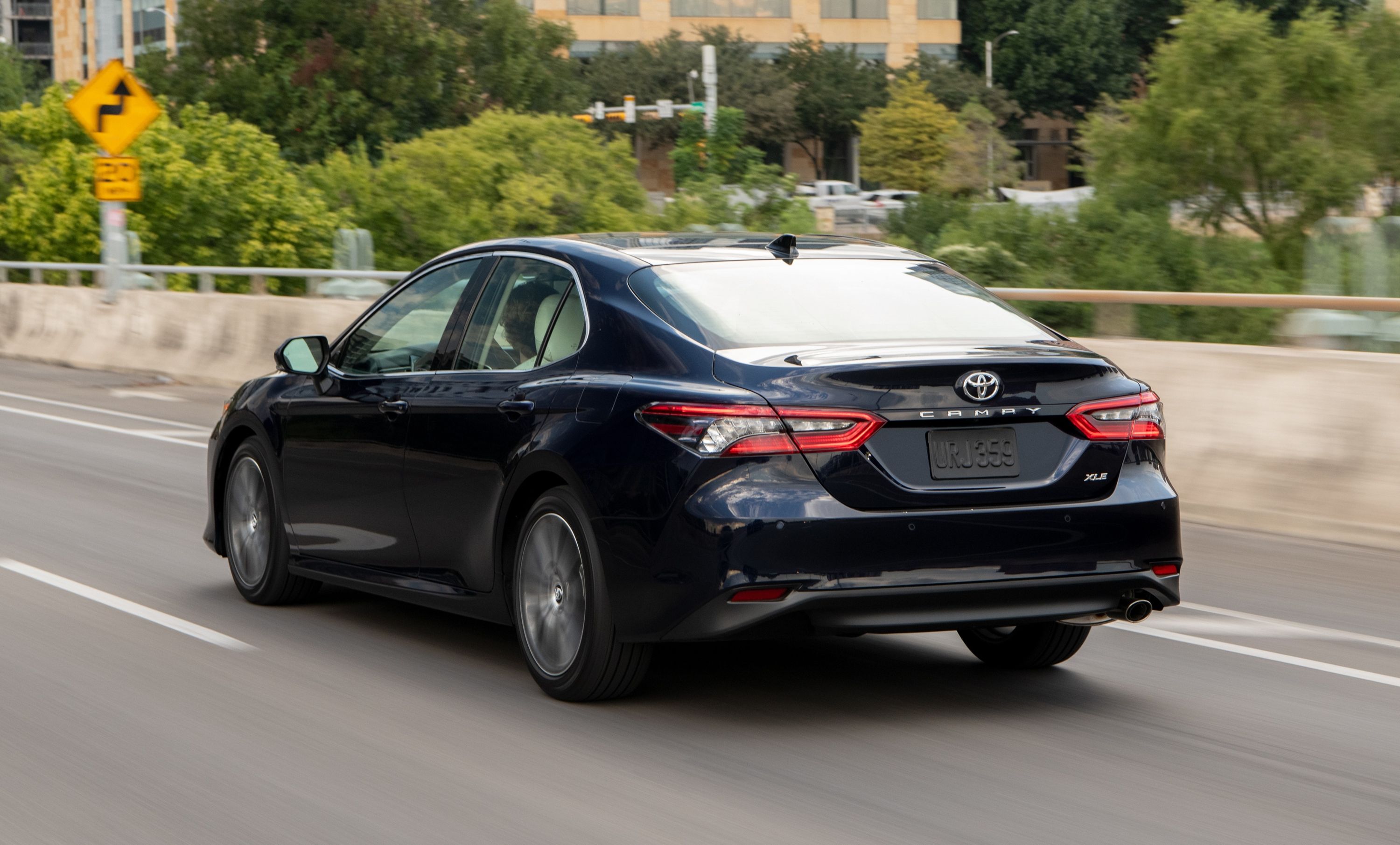
Seattle lowered certain speed limits in the city late in 2016, and the Insurance Institute for Highway Safety (IIHS) has conducted a study into how effective these measures have been. While other states like New York investigate raising the speed limits on certain highways, Seattle took the opposite approach a few years ago, although the focus wasn't on highways where speeds are generally much higher.
Researchers from the IIHS have found that in downtown Seattle, the lowering of the default speed limit reduced the chances of a crash leading to an injury by a fifth on arterial roads. Beyond the city center, there were more minor injury reductions that were found to be statistically insignificant, but in these areas, the new speed limits were not implemented or publicized to the same extent.
In November 2016, the default speed limit in Seattle was lowered from 30 mph to 25 mph on arterial roads and from 25 mph to 20 mph when driving on smaller or mostly residential roads. A public outreach campaign and newly installed gateway signs made drivers aware of the changes. By the end of 2019, eight of the 32 urban centers and villages had received new speed limit signs.
The study, which is one of the first to analyze the effect of lower speed limits on injuries in crashes in a large US city, found that there was a 17% decrease in the chances of an injury in a downtown crash. Outside the city center, there was a 7% drop. On arterial roads, the chances of being injured in a crash dropped by 20% downtown and 11% outside the city center.
"Everybody thinks of highways when we talk about speed limits, but reducing speeds on city thoroughfares and residential streets is just as important," said IIHS President David Harkey. "These results illustrate the value of rethinking speed limits. Crashes still happened after Seattle's changes, but they weren't as dangerous."
The study compared the injury rates with three other control cities in Washington - where the speed limits remained unchanged - with those of Seattle. The evaluation period was in 2020, and the study controlled for factors such as weather and lighting conditions. With these results, Seattle is set to continue rolling out new signage and speed limits in areas where this hasn't been implemented yet.
It must be mentioned that the unique architecture of Seattle, where residential streets are often narrow with on-street parking on both sides, does lend itself to lower speed limits. The same strategy may not work in all other cities. Then again, a reduction in injuries of 20% is worth something and does point to the effectiveness of lower limits in this particular region.
This isn't the first time that the IIHS has called for lower speed limits. The safety agency did so earlier this year, too, but that related specifically to fears that the heavier weights of EVs like the Hummer EV could lead to a greater risk in crashes, especially for occupants in smaller, lighter cars.
Until we get to the point where road fatalities and serious injuries are eliminated entirely, the debate about speed limits and their efficacy will continue to rage on.




